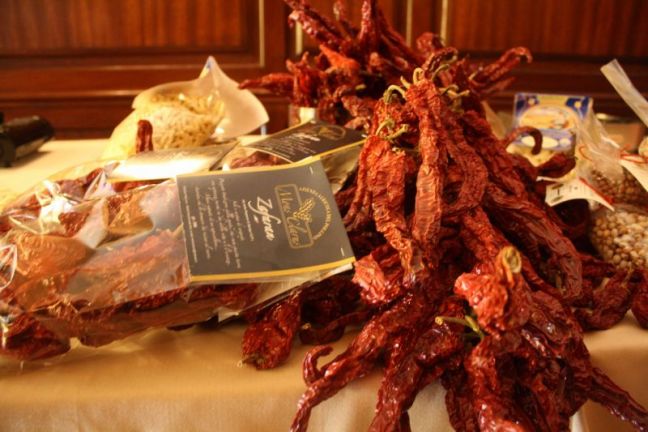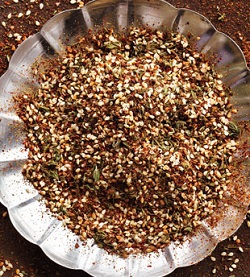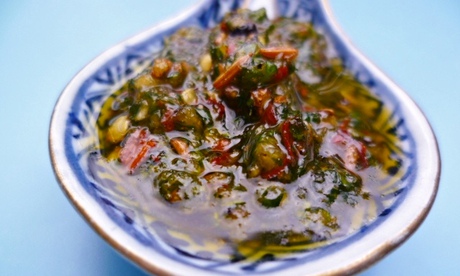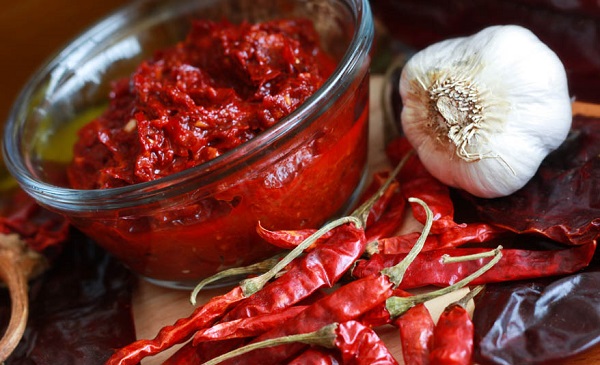If you are like me and you like a spice to your dish, then perhaps you need to try some of the wonderful recipes from Basilicata which are renowed for their fire and flavor, with the liberal use of peperoncini. The peppers from this region can be found in all shapes and sizes in local markets. The small peppers known as diavolicci (little devils) are considered to be the hottest, while the long, thin types are called sigarette and are more piquant. Whatever their shape or size, they come with a warning that if you do not take care when eating them, they can leave you gasping for breath and reaching for the nearest drink!
These peppers come from the same family as bell peppers, and are a culinary emblem of Basilicata. In strict botanical terminology, the varieties represented here called Capsicum abbreviatum, Capsicum acuminatum, and Capsicum fasciculatum, belong to the Capsicum annuum. These are just three representatives of the hundreds of varieties that exist throughout the world, some of which display extremely different shapes, sizes, aromas, and degrees of piquancy. However, in Basilicata, locals do not bother with the fancy botanical subtitles, and refer instead to them as Frangisella, cersella, pupon or diavulicciu, the peppery, sundrenched fruit that is primarily used to flavor the region’s meat and sausage specialities, as well as the delicious pasta meat sauce, the recipe which is of course only known to mamma and nonna!!
No one exactly knows how the peperoncino came to Europe. Some think it found its way to the major sea ports of the Mediterranean from the East – first chopped into pieces as merchandise, then also as a complete plant, because the spice made from the red fruits used to be known as Indian pepper. Others, however,believe that this description should not be taken literally in geographical terms. as Indian was often synonymous with West Indian, so that peperoncino must have come from America. Christopher Columbus is alleged to have brought the plant back from his second journey to the New World. The discoverer’s boats thus transported not only maize, potatoes, and tomatoes to the ports of Spain, but also the chili pepper plant. In support of this theory, it is true that the new spice first spread through Spain, and only moved on from there to conquer the rest of Europe. The undemanding plants found the conditions in the Mediterranean favorable and had no difficulty becoming established.
Kitchens welcomed the spicy pods, because peperoncini not only lent a stimulating spiciness to the foods it was used to flavour, but were also a good way of preserving meat dishes, fish and sauces. They also proved to be extremely good for medicinal purposes, having an extremely high Vitamin C content, and helped to protect poor farmers and their families from such diseases as scurvy and tooth loss. They were also an effective antiseptic, good for the digestion, and allegedly good for cases of impotence. Used externally they were said to be useful to sciatica and muscular tension.
Alexandre Dumas the Older cites the peperoncino as an essential ingredient in his favourite dishes, while his Italian colleague, Gabriele D’Annuzio described the peppers as “Crazy, bright red devil’s teeth”. Filippo Tommaso Marinetti’s futurists even considered the spice plant to be an “impromptu hors d’oeuvres, a fiery little horn that should be nibbled straight from the hand.
Some favourite recipes from Basilicata using peperoncino are Penne all’arrabbiata, Patate e sedano, and Polla alla potentina. It is said that a good way of remembering the spiciness when cooking, so as to avoid mishaps, is that the little pods have a direct link to hell!!











